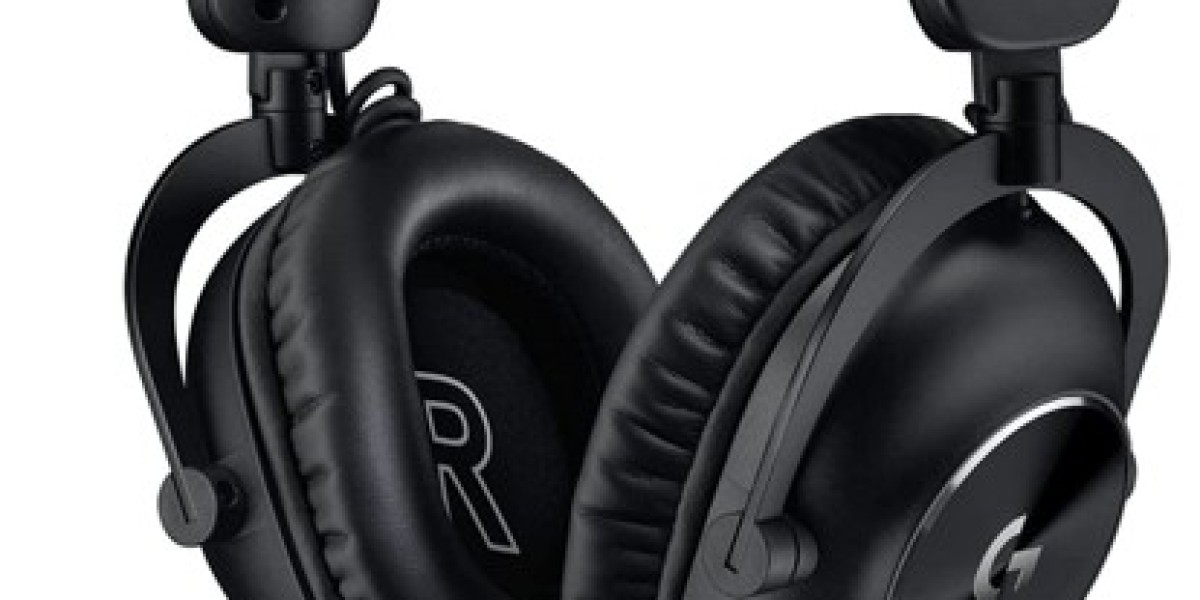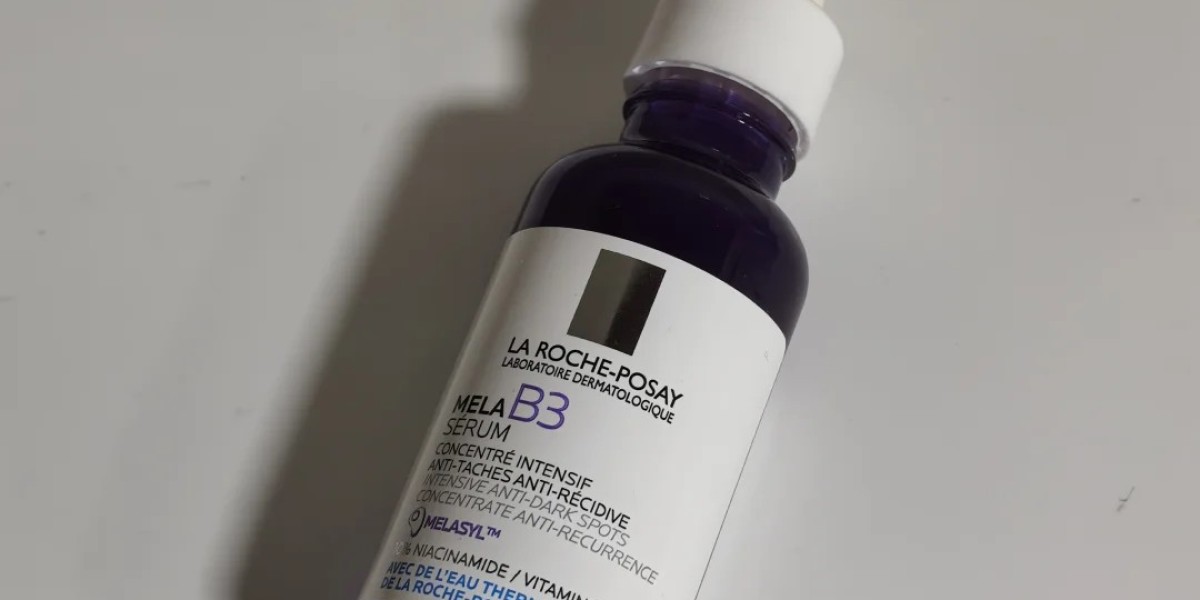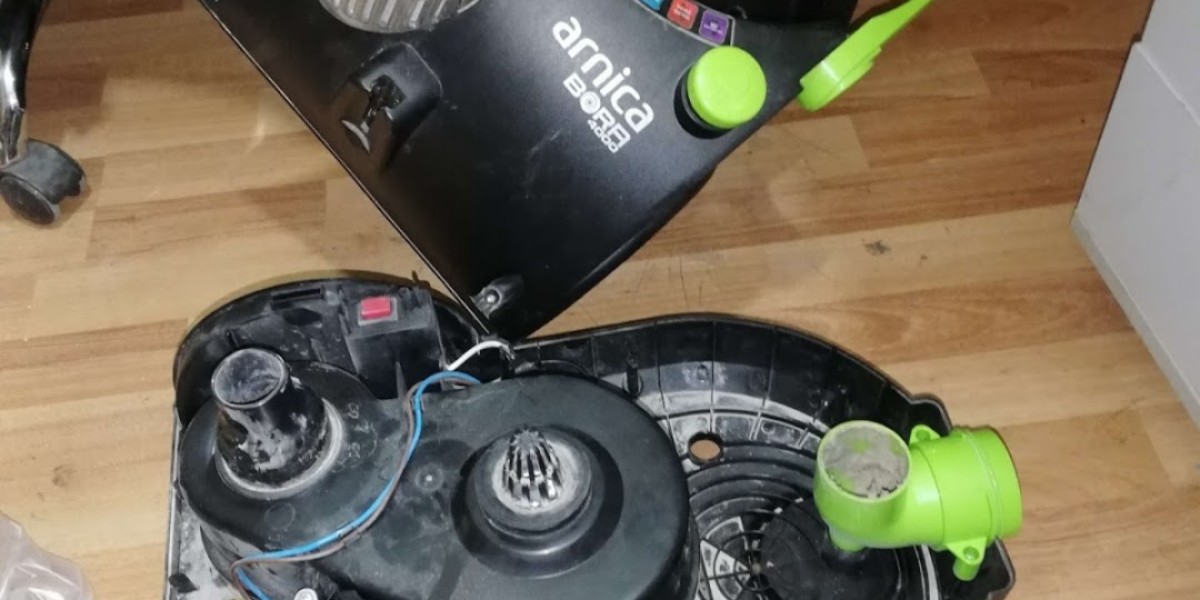A laser nozzle is a small yet vital component in laser cutting and engraving systems. It directs the assist gas (like oxygen, nitrogen, or air) to the cutting zone, protects the laser lens, and shapes the beam path for optimal performance. Whether used in CO₂, fiber, or diode laser machines, a laser nozzle significantly impacts cut quality, speed, and system longevity.
Why the Right Laser Nozzle Matters
| Feature | Impact on Performance |
|---|---|
| Nozzle Diameter | Influences gas flow and precision |
| Nozzle Material | Affects durability and heat resistance |
| Nozzle Shape | Controls beam focus and penetration |
| Gas Compatibility | Tailors for oxygen, nitrogen, or air |
| Distance from Material | Critical for beam alignment & accuracy |
A poor nozzle choice can lead to:
Dross formation (molten material build-up)
Inconsistent kerf widths
Burned edges
Excessive lens contamination
Types of Laser Nozzles
1. Single Nozzles
Most common
One outlet for assist gas
Ideal for basic cutting
2. Double Nozzles
Two gas channels
Improves gas flow efficiency
Suitable for thick or high-reflective metals
3. Ceramic Nozzles
Heat-resistant
Electrically insulating
Used in high-powered systems to prevent arc-back
4. Tapered Nozzles
Narrow tip for finer detail
Excellent for small-radius cuts and engraving
How to Choose the Right Laser Nozzle
✅ Consider Your Laser Type:
Fiber Lasers: Need precision nozzles for narrow kerfs.
CO₂ Lasers: Wider nozzles for broad applications.
UV/Green Lasers: Low power, tight control—micro-nozzles preferred.
✅ Material Being Cut:
| Material | Recommended Nozzle Type | Assist Gas |
|---|---|---|
| Stainless Steel | Tapered, ceramic | Nitrogen |
| Carbon Steel | Double nozzle | Oxygen |
| Aluminum | Single, small-diameter | Air/Nitrogen |
| Acrylic/Wood | Single nozzle | Air |
✅ Desired Finish:
Polished Edge: Use nitrogen and small-diameter nozzles.
Fast Cutting: Larger nozzle and oxygen for speed, not finish.
Precision: Narrow nozzles with controlled gas pressure.
Proper Nozzle Maintenance: A Game Changer
Neglecting your laser nozzle can degrade performance over time.
Maintenance Tips:
? Inspect nozzle tip before every use
? Clean debris or dross with a non-abrasive brush
? Replace nozzles showing signs of erosion or warping
⚙️ Calibrate nozzle height regularly for precise focus
Pro Tip: Use a nozzle alignment tool to maintain laser path consistency.
Laser Nozzle Sizing Guide
| Nozzle Diameter | Use Case | Benefits |
|---|---|---|
| 0.8 mm | Fine engraving, detailed cuts | High precision |
| 1.0 mm | Thin metals (<3 mm) | Balanced flow and focus |
| 1.2 mm | General-purpose cutting | Versatile |
| 1.5 mm+ | Thick materials (>8 mm) | More assist gas, deeper penetration |
Note: Always match nozzle size with gas pressure and cutting speed to avoid charring or blowout.
Common Laser Nozzle Problems and Fixes
| Problem | Cause | Solution |
|---|---|---|
| Irregular beam focus | Misaligned or damaged nozzle | Realign or replace nozzle |
| Excessive dross | Improper nozzle diameter or gap | Adjust distance, use correct type |
| Burnt edges | Inadequate gas flow | Check for blockages or switch gas |
| Frequent lens fogging | Gas leaks or nozzle wear | Inspect seals, change nozzle |
Expert Tips to Maximize Laser Nozzle Efficiency
Keep consistent nozzle-to-material distance (typically 0.5–1.5 mm)
Use anti-collision sensors to protect nozzles from surface bumps
Monitor gas pressure closely—too low = oxidation, too high = overburn
Try nozzle cooling rings for high-duty cycles







